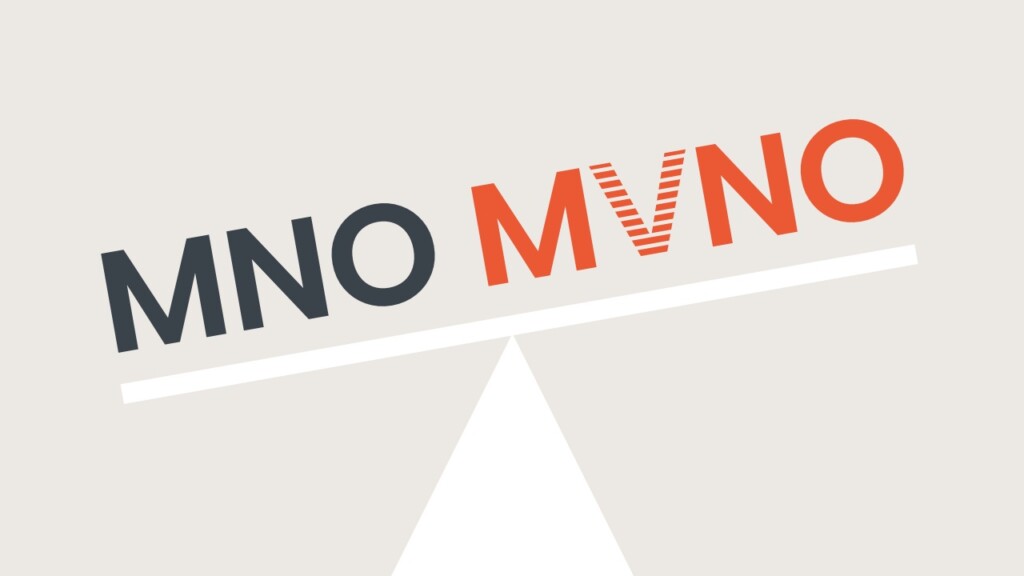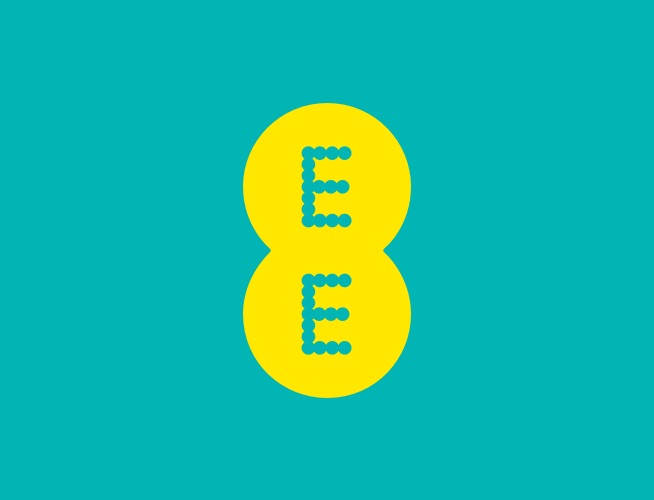
In the ever-changing landscape of mobile telecommunications, the battle between traditional Mobile Network Operators (MNOs) and their agile counterparts, Mobile Virtual Network Operators (MVNOs), has taken centre stage. Despite the growing importance of affiliates and affiliate sites, MNOs have found themselves facing challenges in stabilising growth, with the main MNO acquisition market declining by -9% versus last year. On the other hand, the MVNO market size is expected to grow from $ 84.36 billion in 2023 to $149.13 billion by 2030.
So what does this mean for traditional MNOs? With MVNOs snapping at their heels with agility, innovation and value for money on their side, MNOs need to find their niche to attract and retain customers.
Shifting consumer trends
Understanding MVNOs: a shift in consumer awareness
The growing popularity of MVNOs has led to a surge in understanding among consumers. Well-known names like Uswitch and The Telegraph have published detailed articles outlining the pros and cons of these brands. Uswitch, for instance, lauds MVNOs as a way to “offer you the same coverage as a big network for a fraction of the price.” This rise in awareness is further substantiated by a Google trend that shows a +37% increase in searches related to MVNOs since the beginning of the year.
These virtual operators, such as ID Mobile, have witnessed remarkable success stories. ID Mobile’s recent renewal of their three-year deal with Three and the addition of 1.2 million customers to their base (equivalent to the size of Birmingham or about one-third of Virgin Mobile pre-O2 migration) have exemplified the MVNO momentum.
MNOs and their audience: changing customer preferences
As consumers reevaluate their mobile choices, MNOs have begun to witness shifts in their customer base. On average, just over a third of their customers express a preference for using their phones for basic tasks such as messaging and taking photos, in addition to standard calls and texts. However, this need for minimal phone use has gradually declined from 37% to 34% over the past year. Price-conscious and low-usage users are increasingly leaving the MNO market, causing a change in the overall landscape.
Among the users currently considering MNOs, a distinct pattern emerges. Outside that third of basics users, the next third of users falls into five distinct groups:
1. Customers who want access to TV streaming alongside basic services.
2. Those needing their device for work-related tasks in addition to the basics.
3. Customers seeking a combination of TV streaming, functional needs, and basic services.
4. Individuals desiring TV streaming, functional capabilities, basic services, and video calls.
5. Consumers wanting to use their phone for a multitude of activities.
The biggest change this year has been an increase in consumers wanting to do “everything” with their phone. However, despite a notable +113% increase in this group’s size, these data-hungry users still only represent 3% of UK consumers.
Price conscious consumers: demand for cost-effectiveness and flexibility
In an era where cost-consciousness is so important, we know price-conscious and low-usage users are increasingly leaving the MNO market. MVNOs are gaining traction with this market due to their competitive pricing and flexible plans. Companies such as SMARTY and giffgaff operate on a ‘no frills, no fuss’ premise, with flexible contracts – ideal for consumers looking for budget-friendly options without compromising on quality.
MVNOs are also good at tailoring their services to specific customer segments. This ability to cater to niche markets, such as prepaid plans for teenagers, data-centric plans for young professionals, or senior citizen plans, gives MVNOs a unique edge. Consumers today value services that align closely with their individual needs and preferences.
Navigating the changing landscape
The decisions MNOs make over the coming months will shape the future of the telecom market in the UK. Last year, sales in September – December contributed to nearly 40% of all sales last year. The launch of the iPhone 15 and Black Friday 2023 both stand as pivotal moments, each presenting unique selling opportunities.
The iPhone 15 launch: an opportunity?
As we get closer to this high-budget, premium event, the stakes are high for MNOs. Success during this time could determine their ability to retain those data-hungry users who eagerly anticipate the new release. MNOs might choose to stand their ground and dominate the perk heavy, high data usage world.
Black Friday: a threat?
While the iPhone launch promises excitement, it’s crucial not to overlook Black Friday. This annual shopping event, with price-focused communications, will take centre stage. In a world where cost-consciousness is becoming increasingly important, MNOs will face fierce competition from MVNOs. Consumers are on the hunt for the best deals and Black Friday holds the potential to reshape loyalties and redraw the market map. Will MNOs decide to find new and cost-effective ways to connect users with their brand?
Conclusion
The telecom landscape is undergoing a transformation driven by changing consumer trends and technological advancements. MVNOs are challenging the traditional dominance of MNOs. As the demand for tailored, affordable, and flexible mobile services continues to grow, MVNOs are poised to play an increasingly significant role in the industry.
Ultimately though, the consumer is winning. The coexistence of MVNOs and MNOs provides consumers with a wider array of choices and empowers them to select services that align with their preferences and lifestyles.
How will MNOs fare in Q4? 15gifts will be back to reflect on the performance of MNOs during the iPhone launch and Black Friday.



